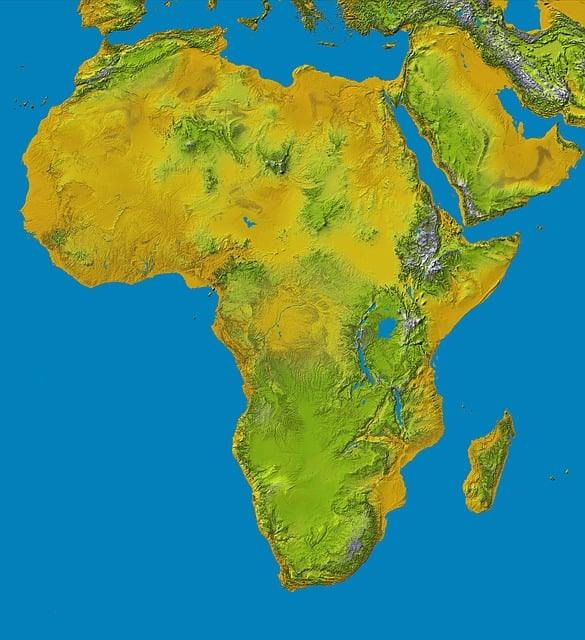Through August this year, the European Centre for Disease Prevention and Control (ECDC) reports that since the beginning of the year, over 12 million dengue cases and over 8000 dengue-related deaths have been reported from 86 countries/territories.
While the bulk of the global dengue (11 million) were reported in South America, in fact, the Americas is currently facing the largest ever outbreak of dengue with more than double the cases seen in 2023, Africa is is also seeing an increase in dengue this year.

Since the beginning of the year, the Africa CDC has reported a total of 68,814 total dengue cases through September 16, which includes 11,523 confirmed, 10,339 probable and 46,952 suspected cases, including 81 deaths.
This is a 369 percent increase in total cases compared to the same period in 2023 (14,674/23 deaths).
Of the 15 countries (African Union Member States) reporting dengue this year-up from 10 this time last year), Burkina Faso accounts for 67 percent of the cases, or 46,551 cases.
The dengue serotypes circulating in the country include DENV-1 and DENV-3.
This is an emerging concern is Africa, where there is little clinical experience with the disease, many primary infections go undetected, and funding constraints hinder preparedness and response. Already, 50% of the population lives in unplanned urban settings, a proportion due to rise to 62% by 2050.
There is no doubt that dengue, a vector-borne disease caused by four serologically related viruses, is a major infectious disease threat to health. Over the past two decades, there has been a tenfold increase in reported cases, and even this figure is likely an underestimate.




